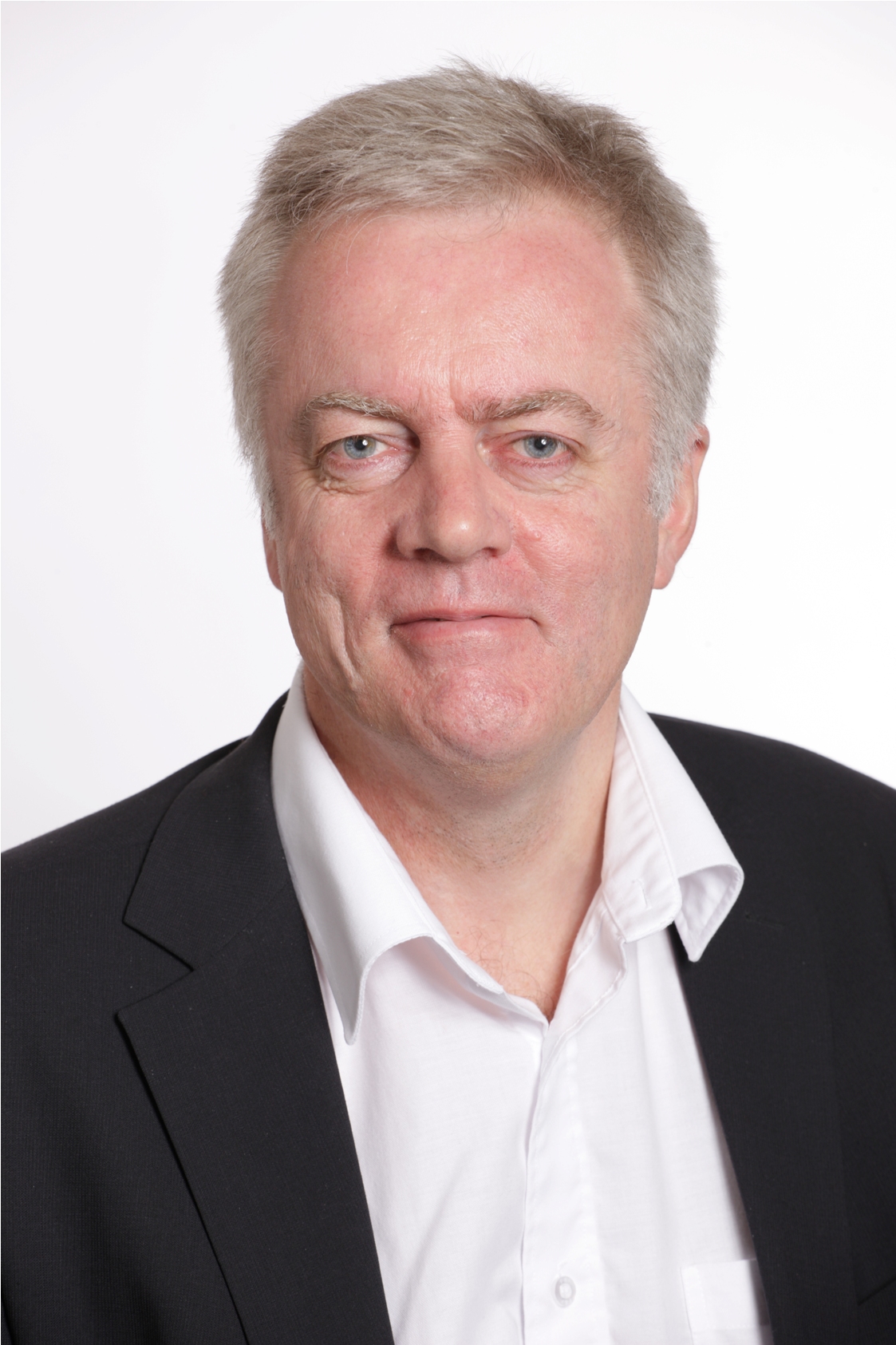 Co-operative Development Scotland’s business development manager, Jim Maxwell, was a guest of Glasgow City Council on Wednesday, speaking at its second Co-operative Business Development Seminar.
Co-operative Development Scotland’s business development manager, Jim Maxwell, was a guest of Glasgow City Council on Wednesday, speaking at its second Co-operative Business Development Seminar.
Held at the Orkney Street Enterprise Centre, Jim was asked to talk about the use of consortia and the growth of employee ownership. Here, he gives his thoughts on the event.
Glasgow City Council’s commitment to co-operative working in the city was crystal clear on Wednesday when I was invited to speak to around 25 of the city’s business advisers about consortium working and employee ownership.
It was so encouraging to see the interest shown in both these models. Glasgow’s front-line advisers clearly do feel these are concepts worth introducing to suitable client businesses.
This was a perceptive (and quite challenging!) audience with searching questions about the consortium model and how it provides a collaboration structure with the minimum of risk and bureaucracy.
Interest quickly focused on procurement and how the model is used by groupings of businesses to bid for larger contracts they couldn’t win individually. In fact joint-tendering is the most common use for the consortium model and much of the free support CDS provides is in setting up tendering consortia.
Consortium-based tendering also fits well with Glasgow City Council’s procurement policy and public procurement generally, which aims to achieve local community benefit wherever possible.
The annual CDS Collaboration Prize always produces a rush of interest from businesses interested in forming consortia. This year it launches on October 1 so watch our website for details.
With prizes of £10k up for grabs, my guess is we’ll be receiving a fair few enquiries via the Glasgow business advisers!
The discussion on Employee Ownership turned out to be rather a ‘myth-busting’ session with advisers raising the kind of questions they expect from their client companies, such as:
Q. What if the employees can’t afford to buy the business?
A. The business itself purchases the owner’s shares, not the employees
Q. What if the owner feels the business cannot be run successfully by committee?
A. Employee owned businesses are not run by committee, they have normal management structures.
Q. What if the owner isn’t ready to exit yet?
A. The exiting owner controls the whole process of transition, including the timeframe. Most successful employee buy outs are planned well in advance.
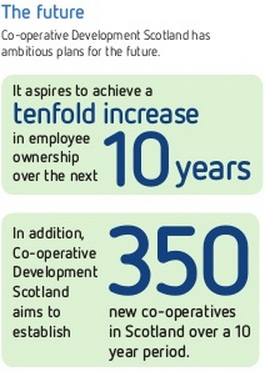 Interest also focused on the (considerable!) new tax benefits for owners when they pass a controlling interest to an employee trust and how company performance invariably benefits when employees have a meaningful stake via employee ownership.
Interest also focused on the (considerable!) new tax benefits for owners when they pass a controlling interest to an employee trust and how company performance invariably benefits when employees have a meaningful stake via employee ownership.
The steps being taken by Glasgow City Council to ensure local businesses derive benefit from the “Co-operative Council” agenda are exemplary.
The strength of commitment is clear in the overwhelming response to the second stage of their co-operative support grant scheme and the recent announcement of a £1million budget to support business ownership transfer.
Practical steps like these are a real boost to co-operative working in Glasgow, and very much to be commended.
 Employee ownership features on the front cover of the influential Director magazine this month, thanks to an interview with
Employee ownership features on the front cover of the influential Director magazine this month, thanks to an interview with  Nearly 350 delegates from businesses of all sizes visited the West Midlands last week for the inaugural
Nearly 350 delegates from businesses of all sizes visited the West Midlands last week for the inaugural 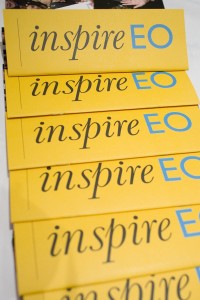



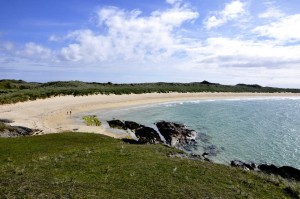
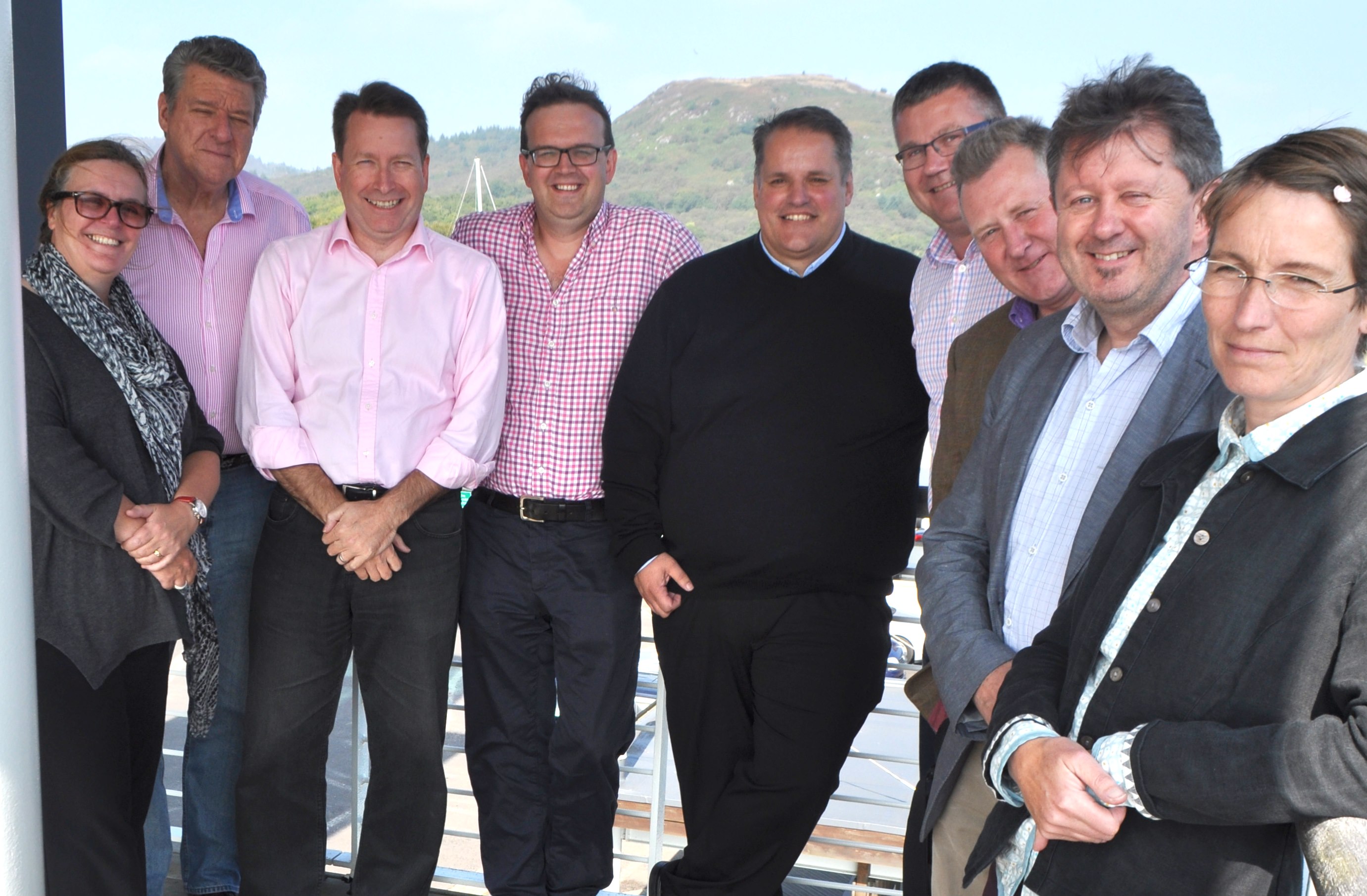
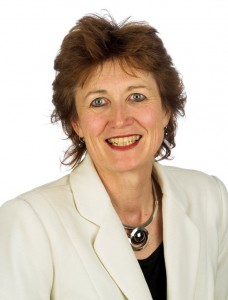 2014 has been a busy year for
2014 has been a busy year for 
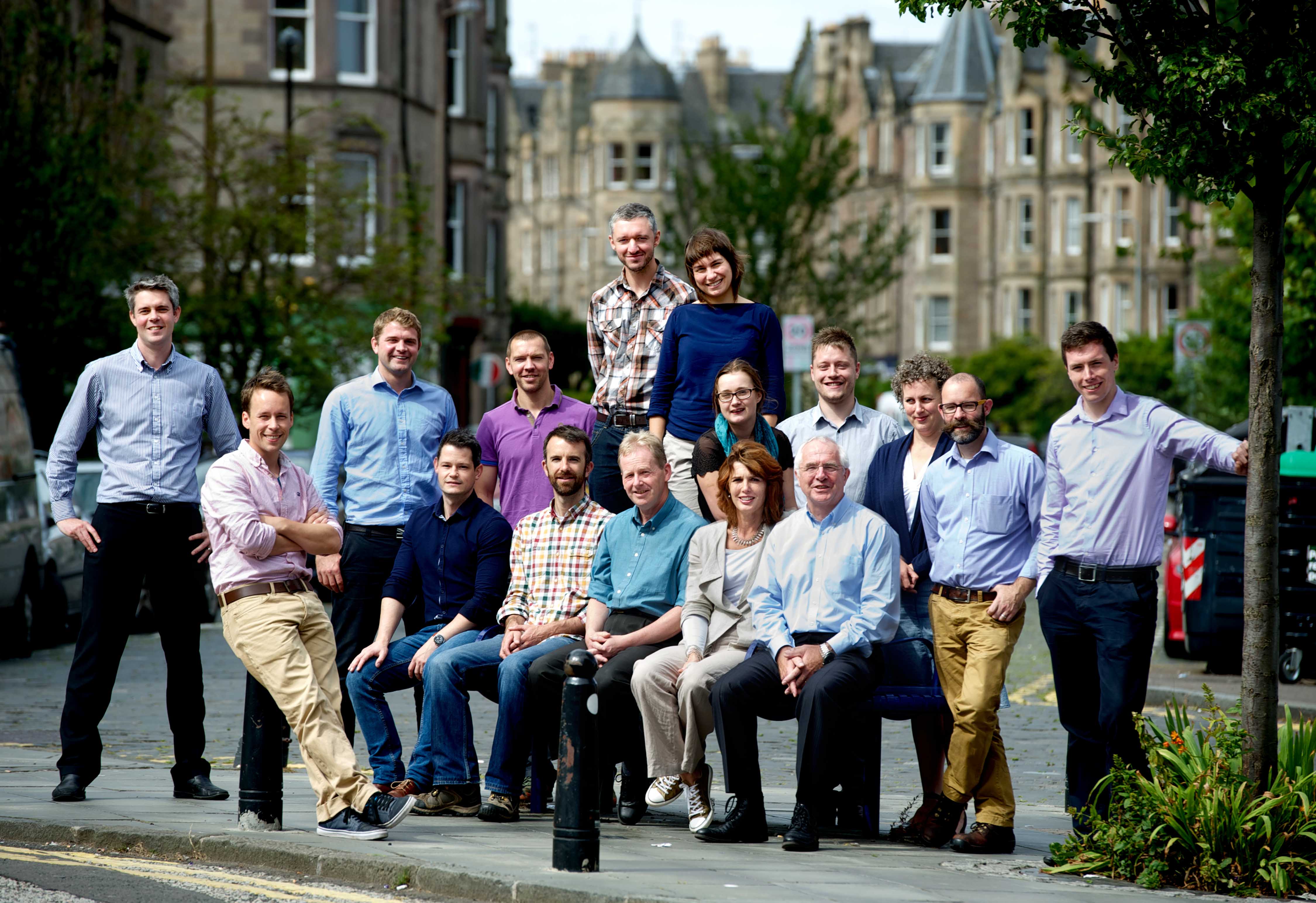
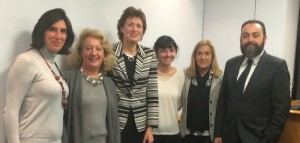
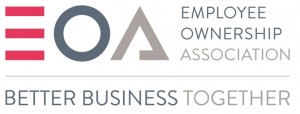 Iain Hasdell, chief executive of the EOA,
Iain Hasdell, chief executive of the EOA, 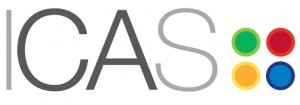 Carole Leslie, a
Carole Leslie, a 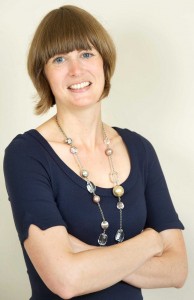 The
The 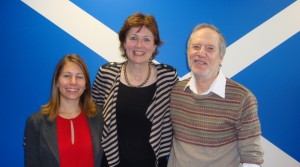 From October 6 to 9, Quebec in Canada hosted the second edition of the
From October 6 to 9, Quebec in Canada hosted the second edition of the 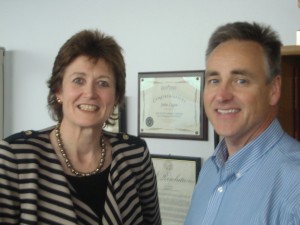
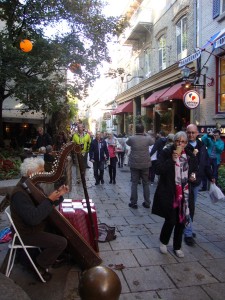 A visit to Quebec is not complete without a visit to the
A visit to Quebec is not complete without a visit to the  From October 6 to 9, Quebec in Canada hosted the second edition of the
From October 6 to 9, Quebec in Canada hosted the second edition of the  We also heard the
We also heard the  This percentage is expected to double in coming years. I was interested to see Les Scop’s
This percentage is expected to double in coming years. I was interested to see Les Scop’s  For anyone interested in worker co-operatives a visit to
For anyone interested in worker co-operatives a visit to 


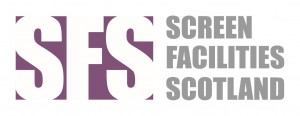
 Highland Home Carers held a conference last week to mark their 20th anniversary and their 10th year of employee ownership.
Highland Home Carers held a conference last week to mark their 20th anniversary and their 10th year of employee ownership. 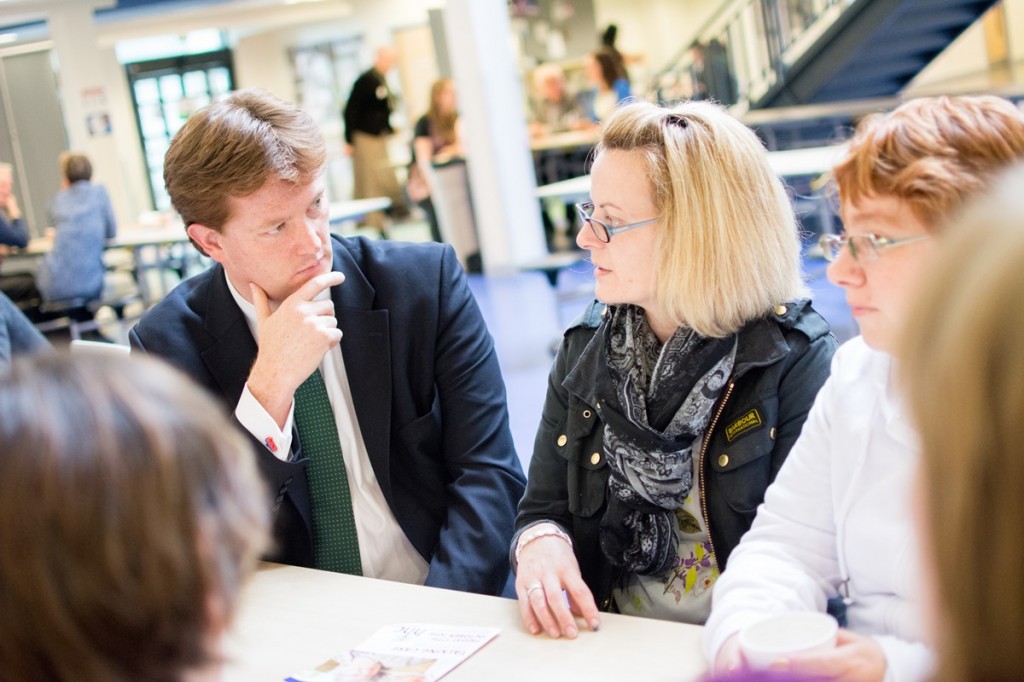
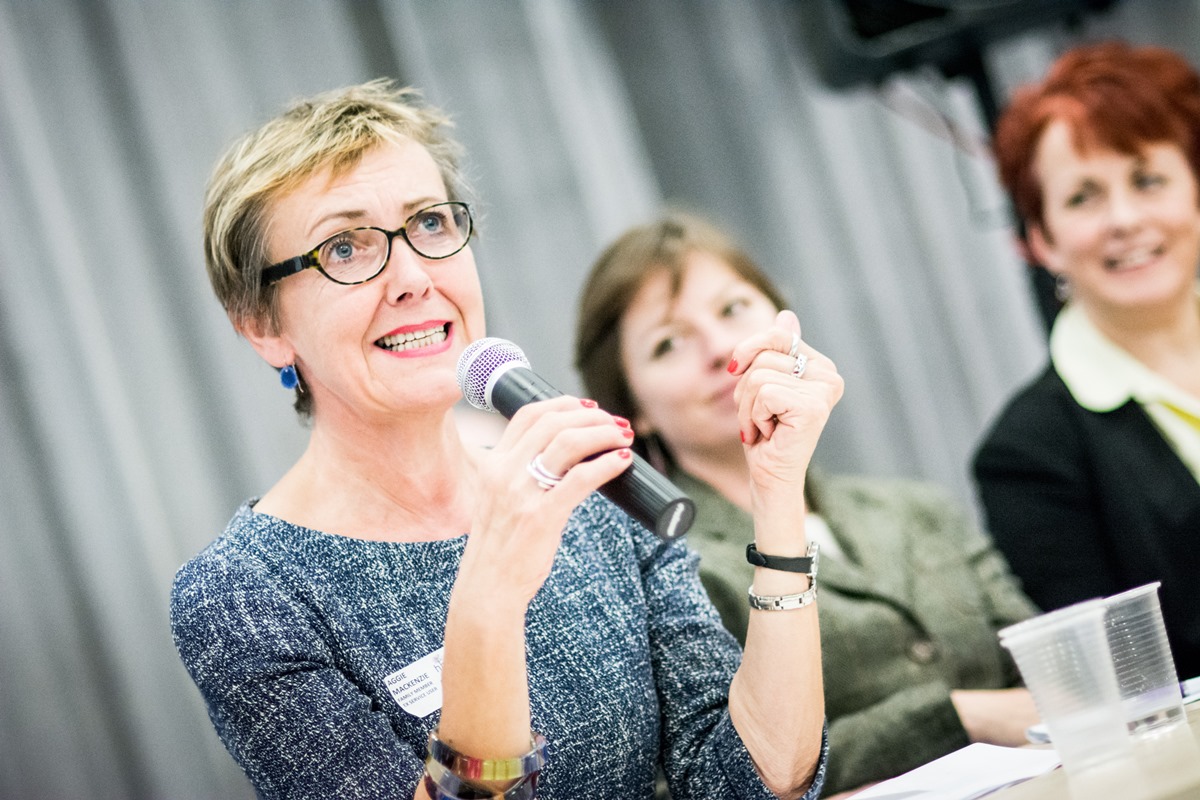
 Yes, we operate in a challenging market and we are constantly looking at how we can be one step ahead in anticipating and meeting our customers’ needs.
Yes, we operate in a challenging market and we are constantly looking at how we can be one step ahead in anticipating and meeting our customers’ needs. Giving employees a stake in the organisation in which they work can be a powerful tool in achieving real staff engagement.
Giving employees a stake in the organisation in which they work can be a powerful tool in achieving real staff engagement. Co-operative Development Scotland’s business development manager, Jim Maxwell, was a guest of Glasgow City Council on Wednesday, speaking at its second Co-operative Business Development Seminar.
Co-operative Development Scotland’s business development manager, Jim Maxwell, was a guest of Glasgow City Council on Wednesday, speaking at its second Co-operative Business Development Seminar. Interest also focused on the (considerable!) new tax benefits for owners when they pass a controlling interest to an employee trust and how company performance invariably benefits when employees have a meaningful stake via
Interest also focused on the (considerable!) new tax benefits for owners when they pass a controlling interest to an employee trust and how company performance invariably benefits when employees have a meaningful stake via  It tends to be this time of the year that businesses across the country refocus their efforts on a strong end to the calendar year, perhaps even taking a fresh look at opportunities to expand revenue further.
It tends to be this time of the year that businesses across the country refocus their efforts on a strong end to the calendar year, perhaps even taking a fresh look at opportunities to expand revenue further.
 From the official volunteers and organisers who kept things moving smoothly, to the artists, musicians and stallholders who contributed so much to the atmosphere in the city and even the residents who simply opened their arms and said ‘hello’, everyone played a part in making Glasgow 2014 a huge success.
From the official volunteers and organisers who kept things moving smoothly, to the artists, musicians and stallholders who contributed so much to the atmosphere in the city and even the residents who simply opened their arms and said ‘hello’, everyone played a part in making Glasgow 2014 a huge success.